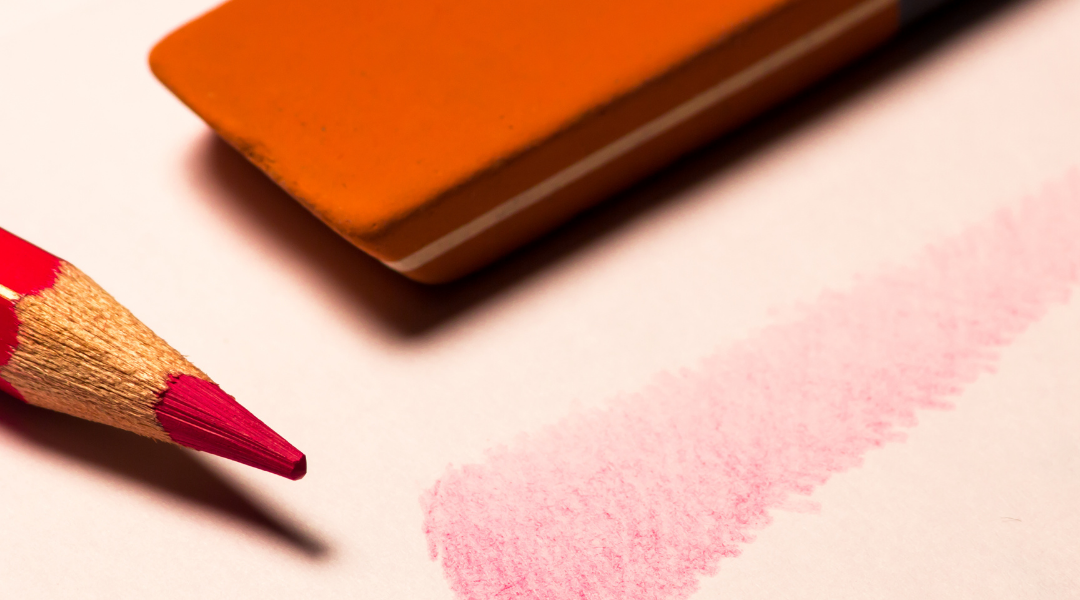The art of drawing can be simple or complex, depending on how you approach it. Beginners may find that creating a simple sketch on a piece of paper is the easiest way to start drawing. For the more advanced, pencil shading can be a complex and time-consuming process. This is where a pencil blending technique may come into play. It’s a basic fact of life: pencil shading is a difficult subject to master- and too often, it ends in disaster.
There’s a lot of talent and skill that goes into making pencil drawings like these. But it’s not every day that you see such amazing intricate workmanship, and it’s not every day that you see a drawing like this. Pencil shading is usually associated with great pain, but it is a technique that can be easily mastered. Let’s investigate the process and see how it works.
Different Shading techniques
Two of the most common tools used by artists to create artwork are pencils and brushes. But, for artists who want to experiment a bit with their painting, there are other options. Painting with colored pencils and markers are two very popular methods of shading and coloring a layer of paint. Both have their advantages and disadvantages, but the right mix of tools for your chosen medium can make a big difference to the final result.
Pencil shading is one of the most important aspects of the drawing process. It can be used to make a drawing pop or make it more realistic. Shadows help viewers to understand the object. Therefore, shading can be used to show or create a certain mood. Follows the different shading techniques:
The Hatching
Pencil shading is one of the most fundamental techniques of drawing. It is characterized by the use of hard pencil lines that cross each other in a way that creates shadows, light, and texture. When you look at your own sketchbook, you will notice that many of the pencil sketches you have done were done using the hatch technique.
The Cross Hatching shading technique
The cross-hatching technique looks like many other shading techniques, such as cross-hatching and drops shadow. It is essentially the same technique used to create the shading on a road while seeing it from above, and it can be achieved with a pencil.
The Circulism Shading Technique
Many artists use a shading technique called “circulism” to produce the illusion of 3D figures. They use a sharpener and a pencil to shade the surfaces of these figures, which can appear to be lit from below. One way to practice shading is to draw an object, in the same way each time. In circulism you will shade your pencil into circular motion.
The Contour Shading Technique
Contour Shading is the process where you guide a tool, such as an airbrush with a spray tip or a tube with a nozzle, over the surface of the subject in order to create shading. The technique is useful for creating an illusion of volume on a flat surface. There are two methods of contour shading, one is done with a roller and the other with a spray gun.
Pencil shading is a technique that can be used to create realistic-looking drawings with just a pencil. Pencil shading is the act of drawing with a pencil, or other drawing tools, by tracing over previous lines you have drawn and adding details with the tool. Pencil shading is very popular because it is quick and easy to draw, and it is also 3D, which means you can go outside the lines and add depth and dimension.
Pencil shading is probably the most widely used way to shade the edges of objects in a photograph. It is also one of the most difficult to master because it requires the artist to be highly skilled in pencil and paper techniques. After writing about the differences between pencil and ink shading techniques, you can learn how to combine the two. Blend pencil shading is a technique that allows you to give your object a realistic, three-dimensional appearance based on the illusion of perspective. It can be used primarily to create a miniature scene or allow a large object to appear to be smaller. This technique is used in video games, movie special effects, book illustrations, and other forms of art.

